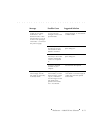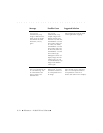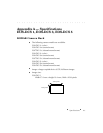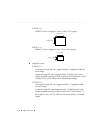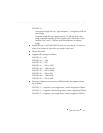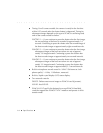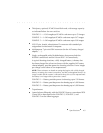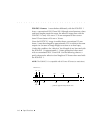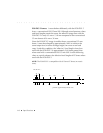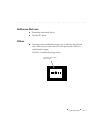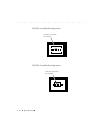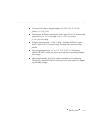
. . . . . . . . . . . . . . . . . . . . . . . . . . . . .
Specifications A-5
Third-party, optional, PCMCIA hard disk cards, with storage capacity
as indicated below for one card size:
EOS
•
DCS 1 — A 340 megabyte PCMCIA card stores up to 53 images.
EOS
•
DCS 3 — A 340 megabyte PCMCIA card stores up to 247 images.
EOS
•
DCS 5 — A 340 megabyte PCMCIA card stores up to 203 images.
SCSI 25-pin, female, subminiature D connector with standard pin
assignments for Macintosh II computer.
Multipurpose 7-pin mini-DIN connector (for the AC battery charger/
adapter, . . .).
Single, rechargeable nickel hydride battery that powers both the
KODAK camera back and the Canon EOS-1 N camera body.
In typical shooting situations, a fully charged battery (a battery that
has been charged for at least two hours with the supplied AC battery
charter/adapter), provides power for shooting as below. Fewer images
per charge can be taken at low temperatures.
NOTE: These estimates are based on testing that begins with a fully charged
battery. In testing, the camera is turned on, and left on throughout the test. An
image is made and the camera is allowed to sleep; this cycle is repeated until
the battery is no longer able to power the camera.
EOS
•
DCS 1 — Battery provides power for shooting up to 150 frames.
EOS
•
DCS 3 — Battery provides power for shooting up to 1,000 frames.
EOS
•
DCS 5 — Battery provides power for shooting up to 1,000 frames.
Tripod mount.
Lenses behave differently with the EOS
•
DCS from a conventional EOS
35mm SLR as described for the EOS
•
DCS 1, EOS
•
DCS 3, and
EOS
•
DCS 5 on the following pages.



